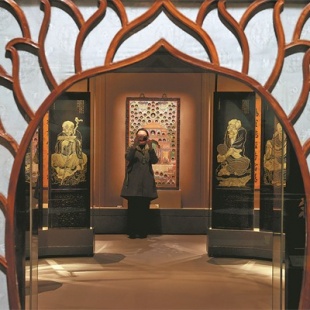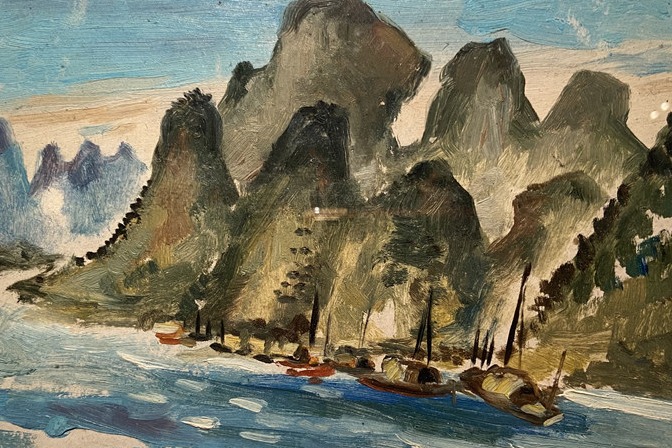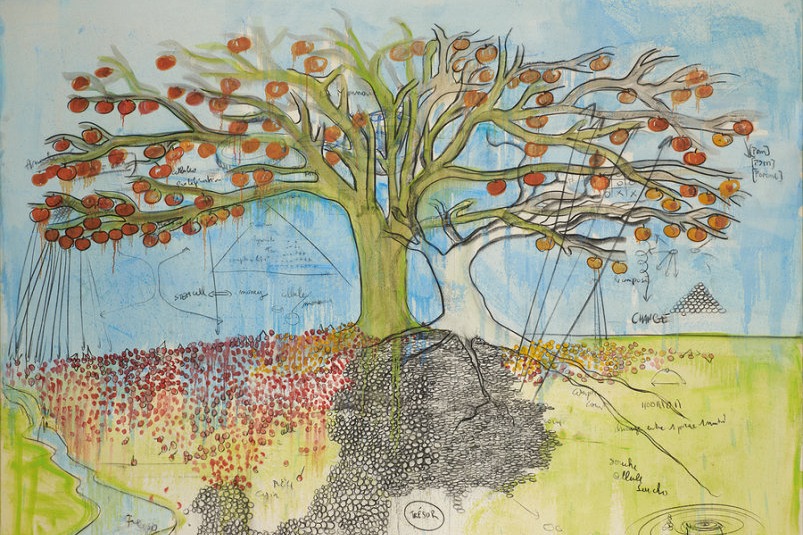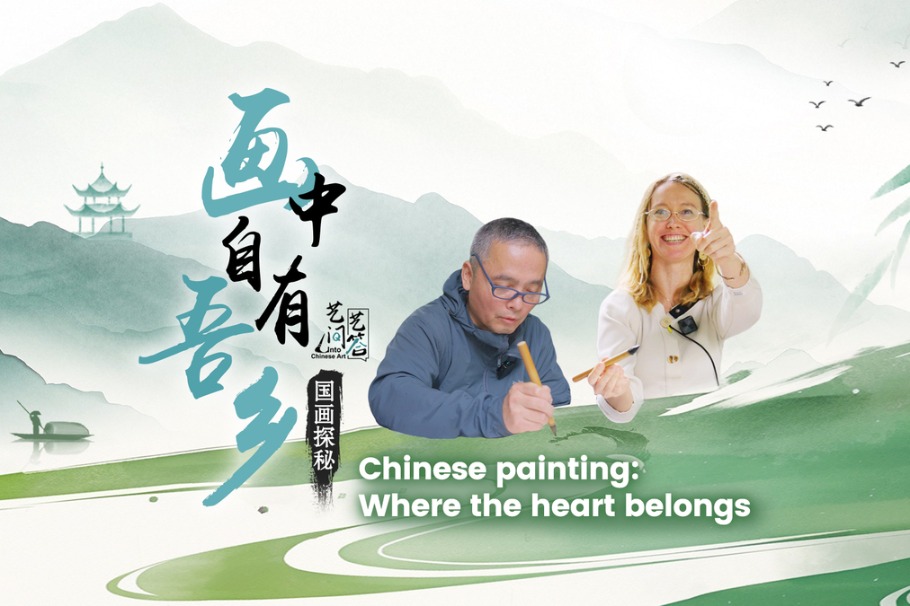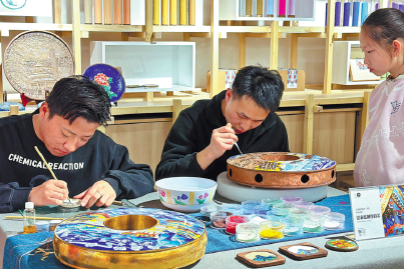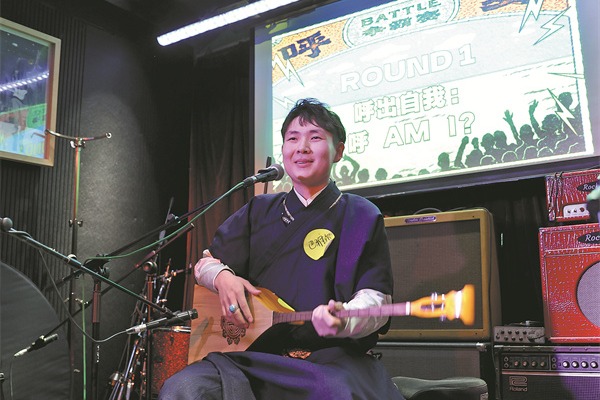Garden exhibition shows seeds of culture
Forbidden City event looks at how a small plot of land can inspire and nurture human creativity, Wang Kaihao reports.


An engraving by Albrecht Duerer in 1497 and a drypoint by Rembrandt in 1653, both on loan from Chicago, shared a theme focusing on a key theologian of early Christianity, Saint Jerome.
Contemporaneous with Wang Xizhi, the theologian is often portrayed either as a hermit engaged in ascetic practices in the wilderness, or as a scholar engaged in self-reflection. His image influenced the development of European garden art from the Middle Ages to the Renaissance and beyond, according to Zhu.
"Gardening is to explore an ideal habitat for souls," he says.
Fruitful interaction
In the world of gardening, the East and the West are not two separate chapters. Their interaction also led to extraordinary fruits, as the exhibition reminds us.
The copperplate engraving of the album of the Old Summer Palace shows how designers absorbed Baroque art and created the famous Grand Fountains and Western Mansion area in the Qing royal resort.
While a 1762 oil on canvas, Kew Gardens: The Pagoda and Bridge, offers a slice to see Chinese inspiration in British gardening, similar cases happened in Versailles, France, following Louis XIV's admiration for Chinese art.
Elisabeth Maisonnier, chief curator of heritage at the National Museum of the Palaces of Versailles and Trianon, says: "The influence of Chinese gardens was important, mediated by European visitors who brought back descriptions or sent paintings, especially of the gardens of the Forbidden City, where pagodas, pavilions, temples and Chinese houses can be found."
She continues: "The very design of Chinese gardens, miniature worlds where mountains and rivers are essential … conceived as places of retreat and meditation, or pleasure and feasting for the close friends of the owner."
This year marks the centennial anniversary of the founding of the Palace Museum in the former imperial palace of China. In the name of gardens, the exhibition per se also seems to display the museum's international horizon and a bond for cross-border cultural exchange on the key occasion. About 70 exhibits come from overseas institutions.
"Museums offer us similar opportunities (like gardens) to bring objects from diverse cultures and civilizations together and spur a new, evolving vision of our world," says James Rondeau, president of the Art Institute of Chicago.
"I hope these seeds of exchange we plant today, through our joint efforts, would continue to blossom."
Stepping out of the galleries, people may understand what the exhibition curators really want to convey through the poster.
There, a group of Chinese literati from Xiuxi walks on the wooden arch bridge that spans across Monet's pond full of water lilies.


